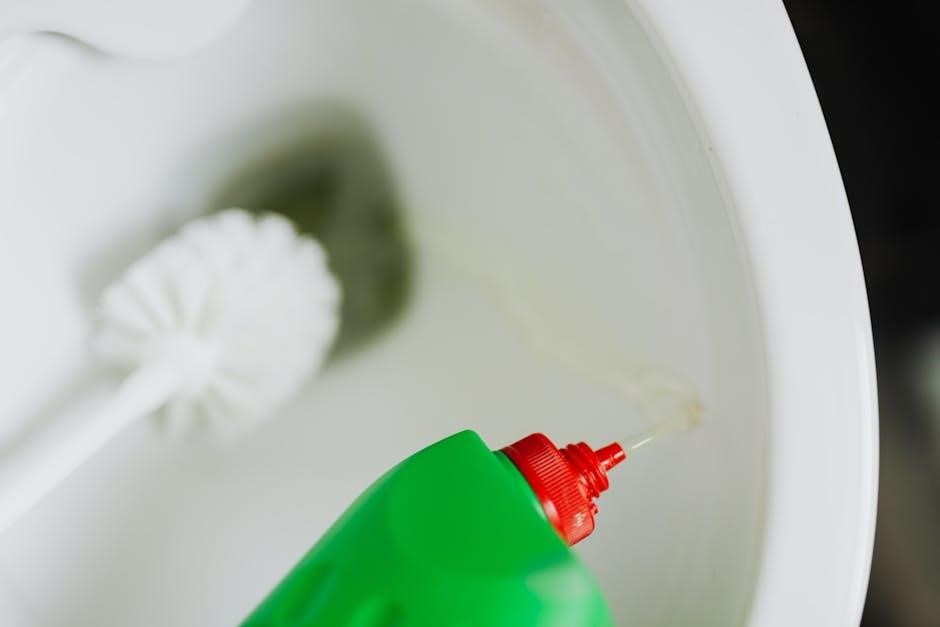honeywell home doorbell manual

Honeywell Home Doorbell Manual: A Comprehensive Guide
Finding the correct Honeywell Home doorbell manual is essential for proper installation, operation, and troubleshooting. This comprehensive guide provides resources to locate your specific manual and understand its contents for optimal doorbell performance.
Finding Your Specific Honeywell Doorbell Manual
To locate the precise Honeywell doorbell manual for your model, start by identifying the model number, typically found on the device itself or its packaging. Once identified, utilize online search engines, typing “Honeywell doorbell manual” followed by your specific model number.
The Manua.ls website hosts a vast collection of Honeywell manuals. You can leverage their search functionality by inputting “Honeywell” and your model to find the relevant document.
Alternatively, visit the official Honeywell Home website and navigate to their support section. Here, you can often find downloadable manuals categorized by product type and model number.
Remember to also explore online forums and communities dedicated to home automation and Honeywell products, as other users may have already uploaded or linked to the manual you need. Always ensure the manual you find matches your specific model for accurate information.
Common Honeywell Doorbell Models and Manuals
Honeywell offers a diverse range of doorbells, each with its corresponding manual. Popular models include the DC915 series, known for their portable and wireless capabilities; manuals for these are readily available online. The DC311N and DW313 models are also common, with manuals detailing their specific features and installation processes.
For the RDWL series, such as the RDWL515A and RDWL917AX2000, manuals provide instructions on setup, operation, and customization. These models often boast features like adjustable volume, multiple melodies, and extended wireless range.
The Series 3 and Series 5 doorbells are also frequently encountered, with manuals outlining their easy installation and additional features like LED strobe alerts and illuminated push buttons.
When searching for a manual, specifying the exact model number is crucial to ensure accurate information regarding specifications, troubleshooting, and advanced settings. Always download manuals from reputable sources to avoid outdated or incorrect information.
Installation and Setup
Proper installation and setup are crucial for your Honeywell doorbell. Consult your specific manual for detailed instructions, ensuring optimal functionality and avoiding common installation errors.
Basic Installation Steps for Honeywell Doorbells
The first step in installing your Honeywell doorbell involves carefully selecting the appropriate location for both the push button and the receiver unit. Ensure the push button is easily accessible and visible, while the receiver is placed within the specified range, typically around 250 to 450 feet, depending on the model;
Next, install batteries into both the push button and the receiver. Refer to your manual for the correct battery type, usually AA or CR2032. Securely mount the push button using screws or adhesive tape, ensuring it’s firmly attached to the door frame.
Finally, plug in the receiver or, if battery-operated, place it in your desired location. Test the doorbell by pressing the push button to confirm proper functionality. Consult the manual for pairing instructions if the doorbell doesn’t ring initially.
Troubleshooting Common Issues
Encountering issues with your Honeywell doorbell? This section addresses common problems such as the doorbell not ringing, range limitations, and other malfunctions. Find possible causes and solutions to restore your doorbell’s functionality.
Doorbell Not Ringing: Possible Causes and Solutions
A silent doorbell can be frustrating. Several factors can cause a Honeywell doorbell to stop ringing. Start by checking the batteries in both the push button and the receiver. Weak or dead batteries are a common culprit. Ensure they are correctly installed and of the recommended type.
Next, verify that the doorbell is within range. Metal structures can interfere with the wireless signal. Try moving the receiver closer to the push button. If the range is adequate, try reconnecting the push button to the receiver following the manual’s instructions.
Also, inspect the push button for any physical damage or debris that might prevent it from functioning correctly. If the issue persists, consult your Honeywell doorbell manual for specific troubleshooting steps or consider contacting customer support for further assistance.
Confirm that the chime volume isn’t set to the lowest setting or muted accidentally.
Range Issues: Factors Affecting Doorbell Range and How to Improve It
Experiencing inconsistent performance with your Honeywell doorbell’s range? Several factors can impact the distance over which your wireless doorbell operates effectively. Metal structures, including uPVC door frames and metal siding, can significantly reduce the signal range. Avoid mounting the doorbell or push button on or near such structures.
Weak batteries in either the push button or the doorbell unit can also limit the range. Replace batteries regularly, especially in cold conditions, as cold temperatures can diminish battery performance.
Consider relocating the doorbell receiver closer to the push button to improve signal strength. Ensure no significant obstacles, such as thick walls or large appliances, are obstructing the signal path.
Experiment with different mounting locations to find the optimal position for both the push button and the receiver. By addressing these factors, you can maximize your Honeywell doorbell’s range and reliability.
Battery Information and Replacement
Maintaining optimal battery performance is crucial for reliable doorbell operation. This section details recommended battery types for Honeywell doorbells, battery replacement procedures, and tips for extending battery life to ensure consistent functionality.
Recommended Battery Types for Honeywell Doorbells
Selecting the correct batteries for your Honeywell doorbell is crucial for ensuring optimal performance and longevity. Different Honeywell doorbell models require specific battery types, so consulting your product manual is essential. Most wireless Honeywell doorbells utilize alkaline batteries. For the doorbell unit itself, AA or C alkaline batteries are commonly recommended, offering a balance of power and lifespan. The push buttons often rely on CR2032 coin cell batteries.
Using rechargeable batteries might seem like a cost-effective option, but they often provide lower voltage and may not be suitable for all Honeywell doorbell models. Always refer to your doorbell’s manual for specific guidance. In cold climates, lithium batteries may perform better than alkaline batteries, as they are less susceptible to temperature-related performance drops.
Regularly inspecting and replacing batteries when needed is vital for maintaining a reliable doorbell system. Weak batteries can significantly reduce the doorbell’s range and sound level, potentially causing you to miss visitors. Following the manufacturer’s recommendations for battery types will help ensure your Honeywell doorbell operates efficiently and effectively.

Advanced Features and Customization
Honeywell doorbells offer advanced features like customizable ringtones and adjustable volume settings, enhancing user experience. Consult your manual for model-specific instructions on tailoring your doorbell to your preferences.
Changing Ringtones and Volume Settings
Customizing your Honeywell doorbell enhances its functionality and personalization. Changing the ringtone allows you to select a preferred sound, ensuring you clearly recognize when someone is at your door. Many Honeywell models offer multiple chime options, providing variety and catering to different preferences;
Adjusting the volume settings is equally important, guaranteeing the doorbell is audible throughout your home without being disruptive. The ability to modify the volume ensures you never miss a visitor while maintaining a comfortable sound level.
Refer to your specific Honeywell doorbell manual for precise instructions on accessing and modifying these settings. Typically, this involves locating buttons or switches on the doorbell unit or within a connected app. Some models may have a melody button, which allows you to cycle through available ringtones.
Experiment with different settings to find the optimal combination that suits your needs and environment, enhancing both convenience and user satisfaction.



Leave a Reply
You must be logged in to post a comment.